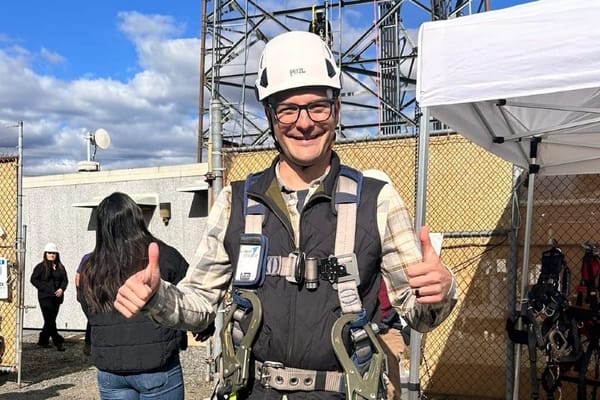Rural Broadband Provider Touts Cooperative and Coalition-based Models
Collaboration and a not-for-profit model allow rural providers to serve the most sparsely populated areas.
Jake Neenan

WASHINGTON, September 4, 2023 – Cooperatives and coalitions between utility providers will be essential for expanding rural broadband access, said Sachin Gupta, director of government business and economic development at Centranet, on Friday.
Centranet, a member of the Cooperative Broadband Coalition of Oklahoma, is entering the final stage of building over 4,000 miles of fiber-optic infrastructure to serve about 17,000 households, all two years ahead of schedule.
“I’d say a lot of that is down to the effort of the cooperative,” Gupta said at an Ask Me Anything event in the broadband community.
The cooperative is collectively owned by its member organizations, and does not operate for profit. This frees members to share resources and work to provide broadband service to areas too sparsely populated for traditional providers to invest in, Gupta said.
Gupta pointed to two factors that make electrical cooperatives like his well-suited to provide broadband in rural areas.
First, they have existing grids under their ownership, many of which are already equipped with fiber. This gives them a base to expand on, and removes the red tape involved in building on poles owned by other companies.
“We’re already an infrastructure company,” Gupta said. “So, building another kind of infrastructure, it’s not that difficult for us.”
And second, they have resources already dedicated to analyzing geographic data. Information about the locations where providers are planning to build is a prerequisite for beginning even a preliminary design process, according to Gupta.
“A strong GIS group is the engine that will accelerate your co-op,” Gupta said. “If you have no GIS people, start with one. If you have one, add another.”
Collaboration between rural providers will also be essential for bridging middle-mile gaps in networks, according to Gupta. He said broadband providers with small footprints working to connect their networks can make up for the lack of middle mile fiber infrastructure in rural areas.
“Coalition-based middle mile networks, I think those are the future,” Gupta said. “Those are the things that allow these rural networks to flourish.”







